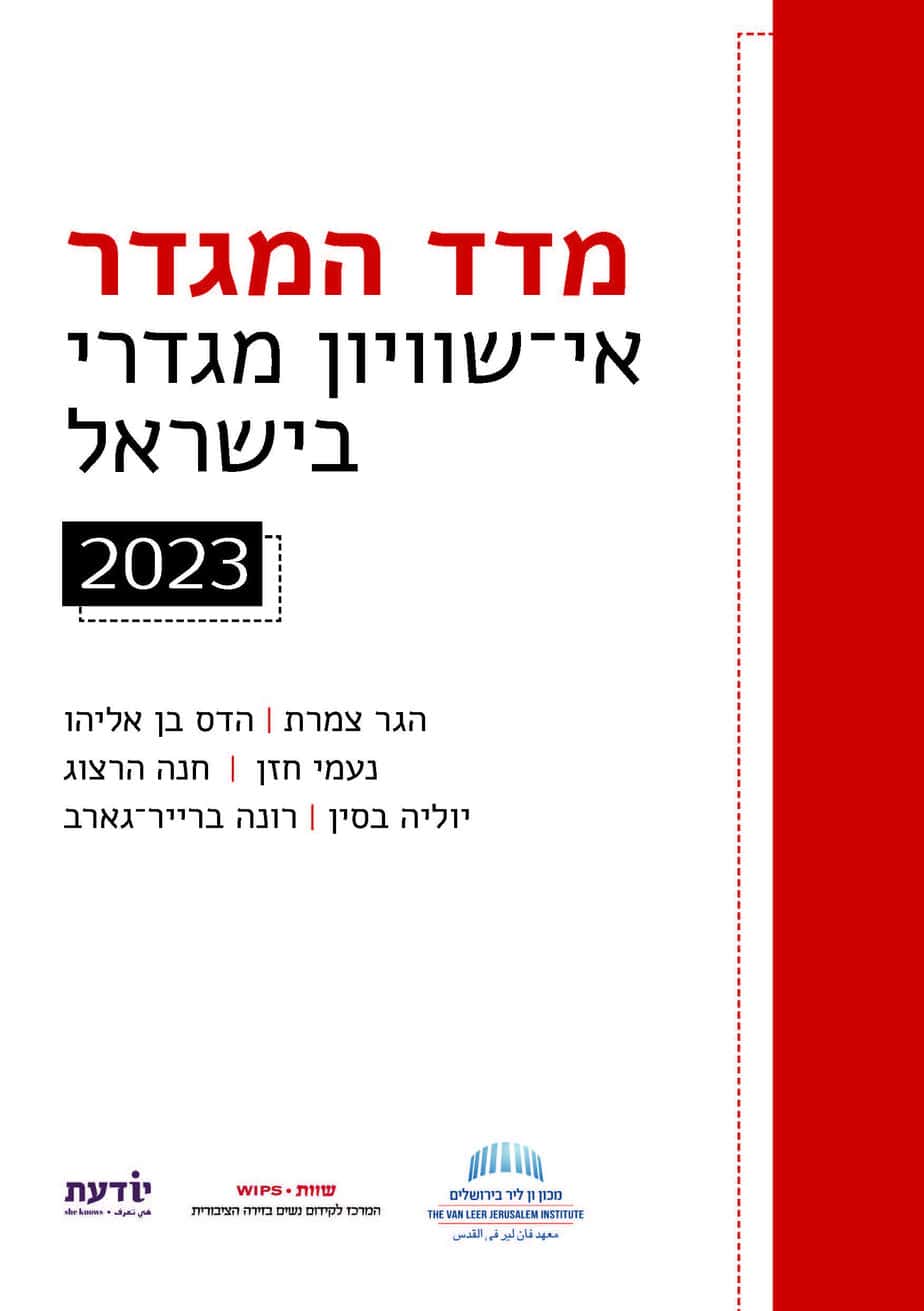Re-examination of the Israeli Risk-Adjustment Formula
The Introduction of Socio-Economic Risk Adjustment
| By | Leah Achdut, Amir Shmueli
|
| Publisher | Van Leer Institute Press |
| Language | Hebrew |
| Year of Publication | 2015 |
| Series | The Economics and Society Program |
The National Health Insurance Law specifies the sources of funding for the healthcare basket to which every insured person is entitled and the mechanisms for allocating those resources to the health funds. The main mechanism that the law establishes is capitation. This is a risk-adjustment mechanism for compensating the funds adequately for their expenditures on healthcare services for their members. The current capitation formula includes the age, sex, and distance from the center (periphery) as risk-adjustment factors. This study examines the effect of demand-side socioeconomic variables on the expenditures of the funds for healthcare services when demographic and morbidity variables are also taken into account, and it examines the feasibility of including these variables in the allocation formula.
On the basis of their findings the researchers argue that the capitation formula should be enriched with the additional socio-economic risk factors that can be generated on a national level.
You can download a PDF file of the brochure or order a printed brochure (postage mail: NIS 10).




